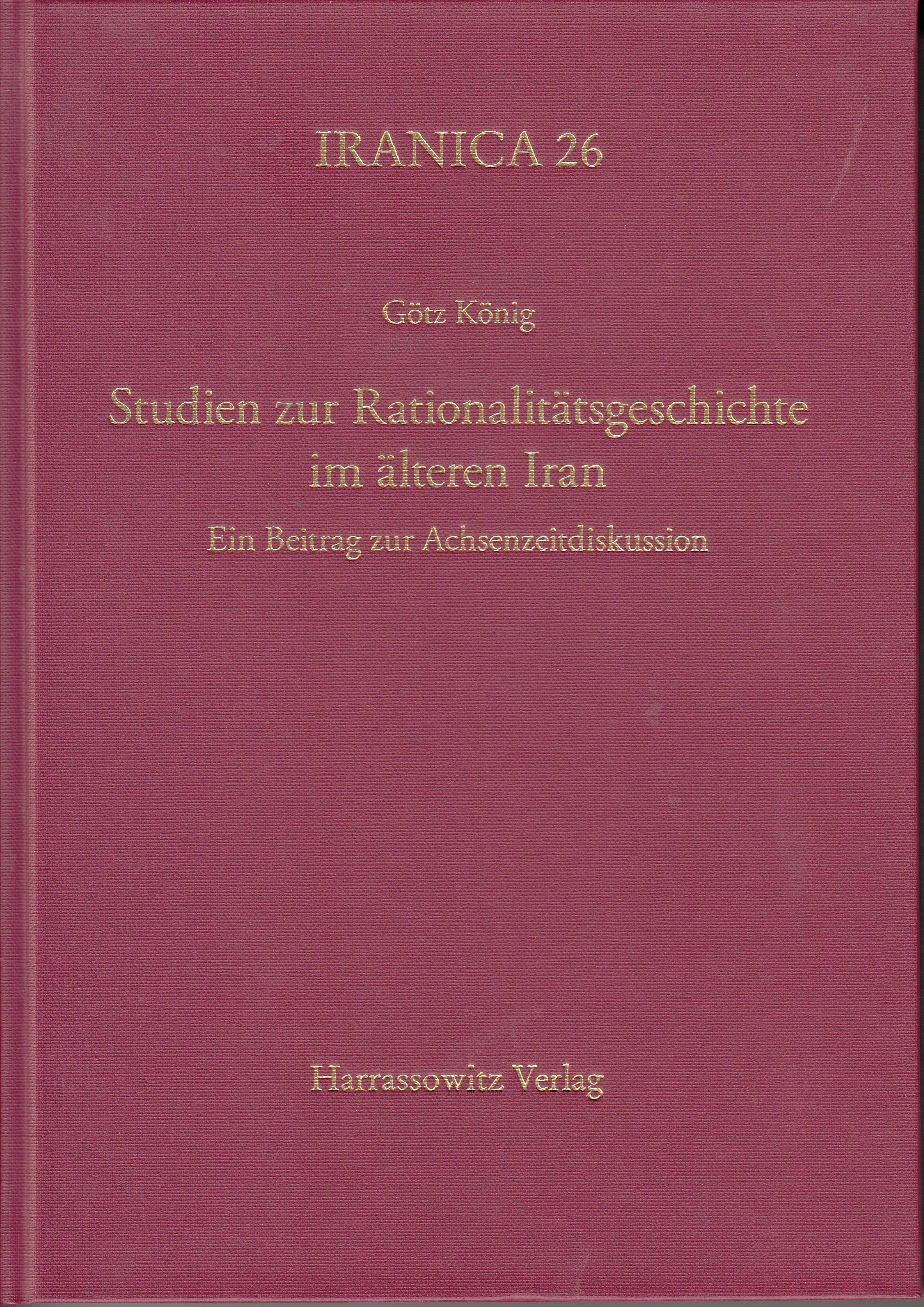
Studien zur Rationalitätsgeschichte im älteren Iran: Ein Beitrag zur Achsenzeitdiskussion
By
Publisher Harrassowitz Verlag
Pub Date 2018
Pub Location DE
Isbn
Course(s)
Description
Although it was the pioneer of Old and Middle Iranian Studies in Europe, Anquetil Duperron, who noticed first, that, during the middle of the first millennium BCE probably all high cultures from China to the Mediterranean Sea have seen a deep intellectual change and the emergence of subjectivity, Ancient Iran, nevertheless, was often neglected in the theory of Axial Age, the 20th century‘s influential systematic approach to this radical change of pre-modern mankind.
The Studies on the history of rationality in Ancient Iran are an attempt to show that, firstly, the theory of Axial Age should rethink a model of cultural dynamics based on contact, and that secondly, Ancient Iran, in particular the Achaemenid Empire with its tremendous spatial expansion, could have served as the central contact area for mutual influences that led to the mentioned axial change. The materials for the analytical work of the book come from ancient Eastern Iran (Avesta) as well as from Western Iran (Achaemenids). The analysis shows that the rationality by which the Iranian culture is coined – a rationality that has its kernel in dualistic structures – connects Ancient Iran strongly with the Western rationality (more than with that of India), a rationality however, in which constructive and self-destructive impulses seem to be inseparable united.
|